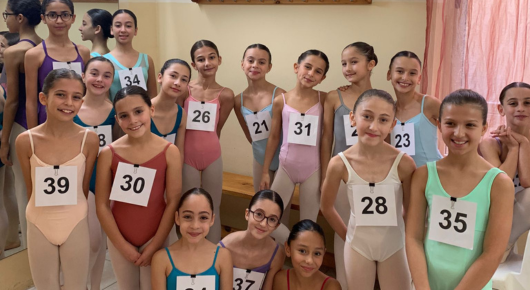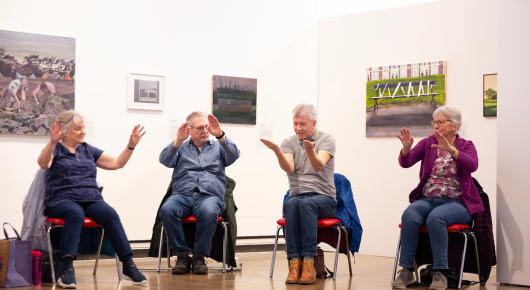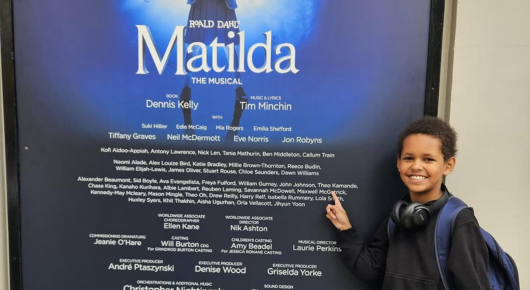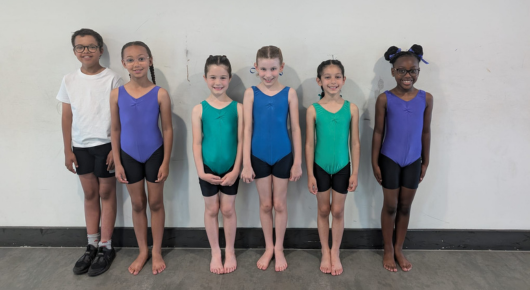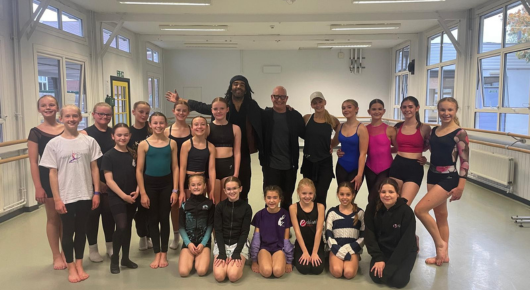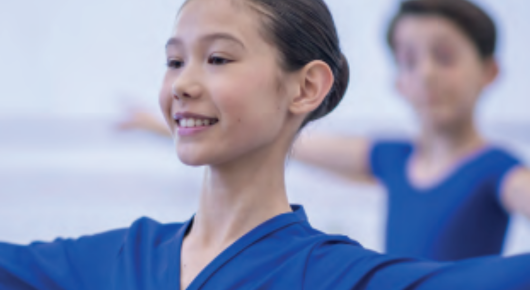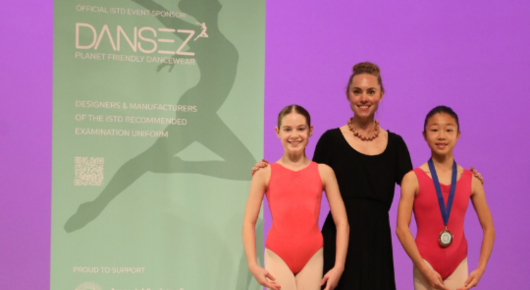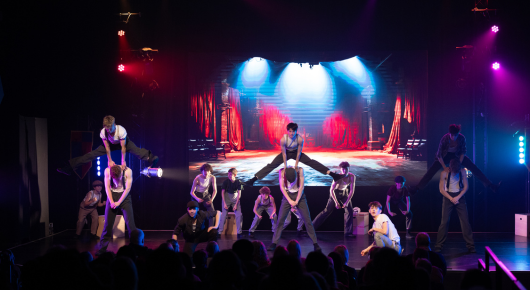29 September 2025
Anthony van Laast
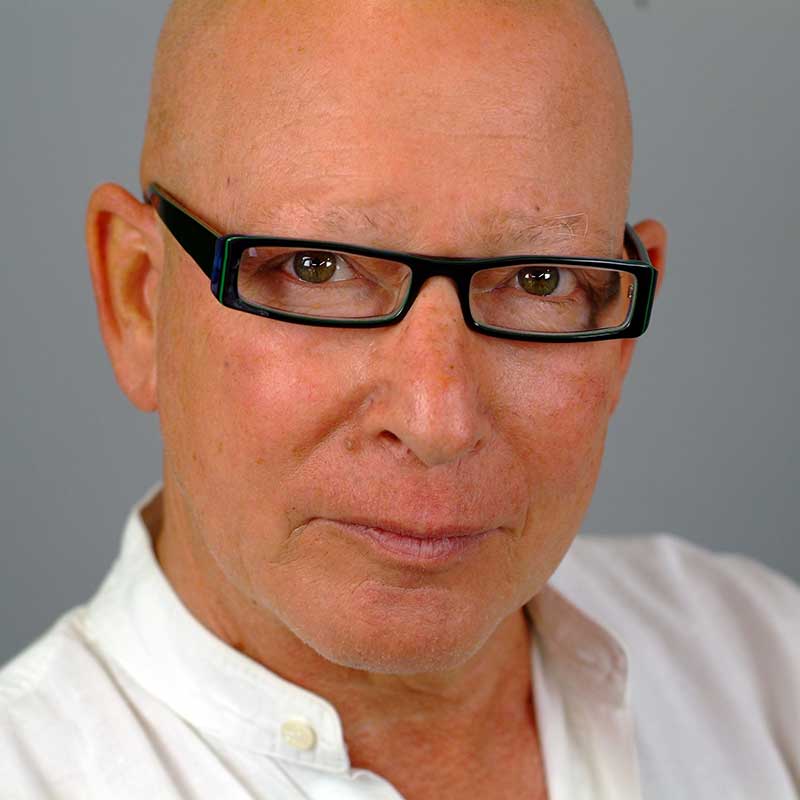
What sparked your interest in dance?
I spent most of my childhood avoiding anything to do with dance because my mum, Peggy Hawkins, was a dance teacher! However, she took me to see Rudolf Nureyev dancing at Covent Garden when I was 16. I knew by the interval I just wanted to be a dancer. A week later I was in classes and three years later I was a professional dancer. Peggy (my mum), taught by Ruby Ginner, was part of the ISTD’s Classical Greek branch. She also worked with Dalcroze Eurythmics and taught into her eighties.
Your proudest achievement in dance?
I find the most satisfaction when someone tells me that something I choreographed or something I said inspired them to take dance classes or become a dancer or choreographer. Inspiring others to achieve is my greatest success. A pivotal moment in my career was taking choreographic classes with Robert Cohan at the London Contemporary Dance Theatre. He inspired me to find my own voice as a dance maker.
How did ISTD shape your journey?
I'll tell you a secret, even though I never wanted to be a dancer as a child and I rebelled against anything my mother was doing, I did go with her to one of her Classical Greek classes one day. And I took my shoes off and joined in. I still remember it being the best, most wonderful sensation—dancing, the freedom and joy of movement. And somewhere deep inside me, I must have known then that dance was my future. So thank you to the ISTD.
Why is ISTD training important?
It's imperative that the standard of teaching dance is at its highest level. And I believe the ISTD training is of that highest standard.
Goals as Vice President?
As Vice President I would like to integrate myself into the family of the ISTD.
I want to inspire dancers to dance and teachers to teach. I would also like to help with the future of the Society.
Shobana Jeyasingh
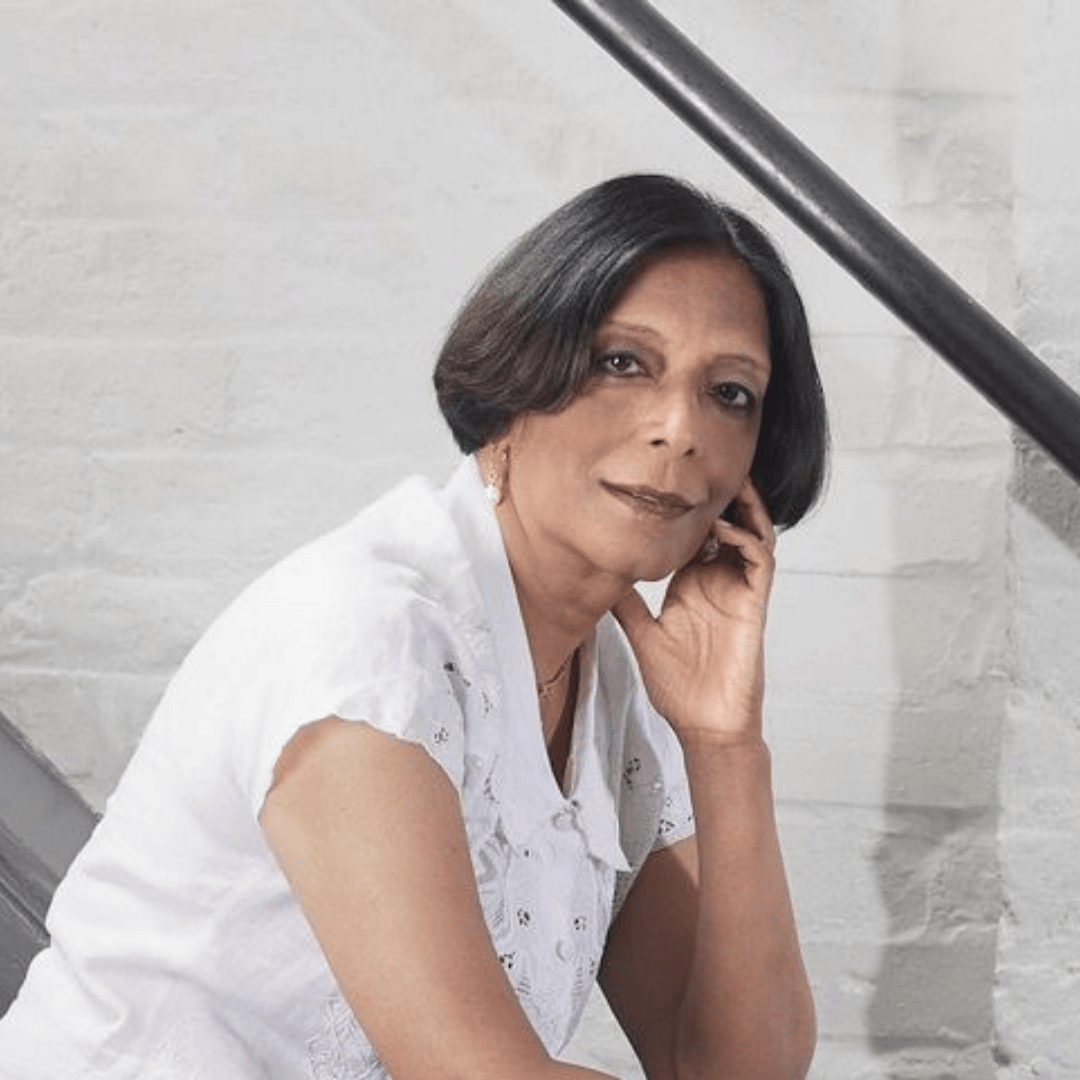
What drew you to dance?
I went to a school which had classical and folk dance in its curriculum and I found that it was something that I loved concentrating on. Classical Indian dancers were also the big movie stars in Sri Lanka and India so that helped too!
Your biggest contribution?
I honestly don't rate myself in this way. I have tried to communicate that movement can be a powerful tool of communication as well as giving pleasure to the performer and the audience.
A career-defining moment?
I remember seeing a Rambert duet at Sadler’s Wells in the late 1980s and being amazed by the composition of it. Filmmakers and painters have also taught me a lot about the use of space and time.
How has ISTD supported you?
By the simple act of being there as a beacon for kinaesthetic literacy, it gives much-needed support for choreographers such as myself. Dance has always had a lot of historical catching up to do and ISTD is a crucial part of achieving this.
Why do ISTD qualifications matter?
People come into dance through different pathways and learn a variety of styles. It is important that a body such as the ISTD exists to uphold standards of quality so that the desire to dance and to teach dance is experienced and delivered safely, widely and to the greatest number of people.
This except is from Dance Magazine issue 505. Members can read the full article as part of their membership. Non-members can purchase here.
